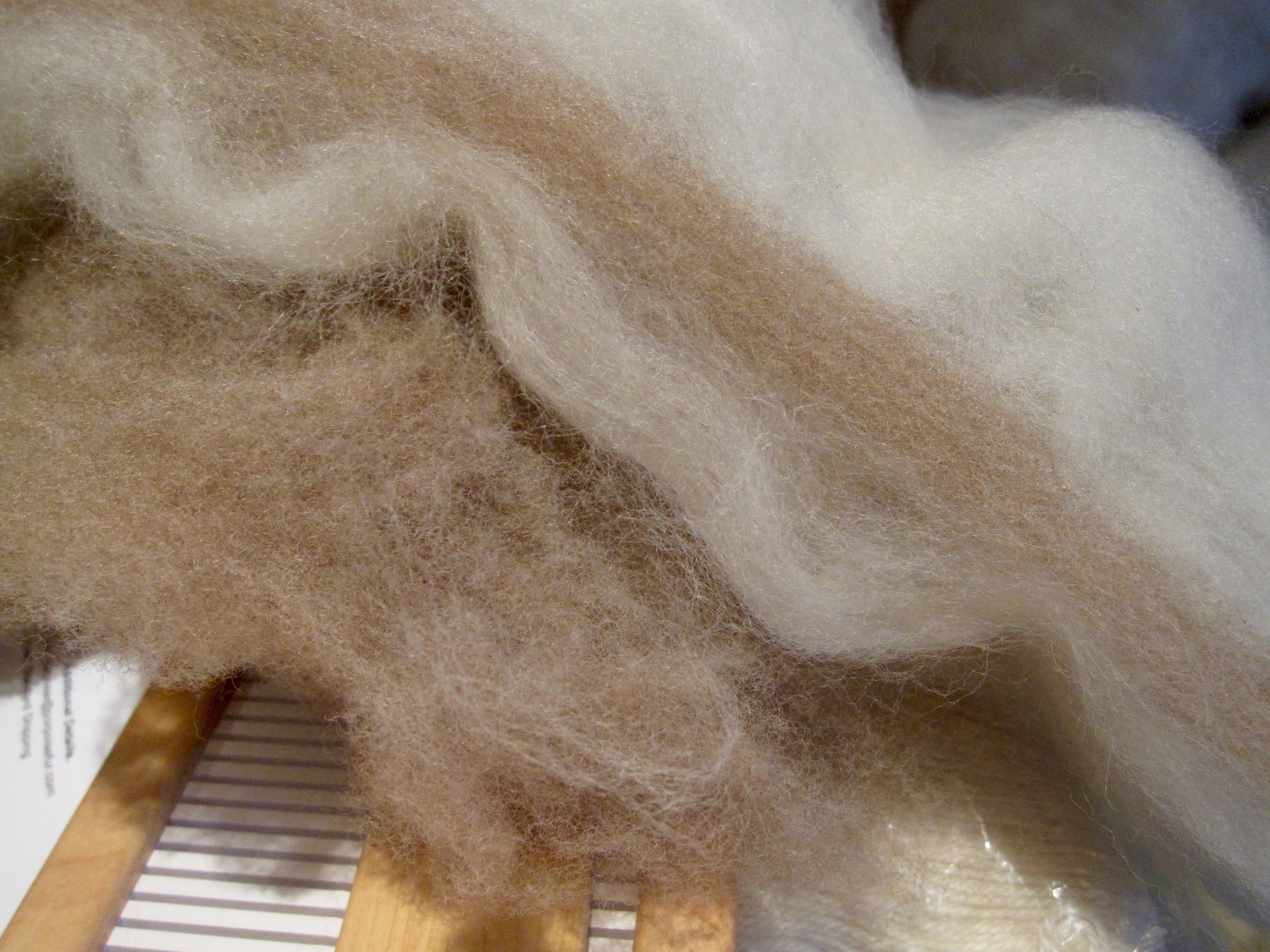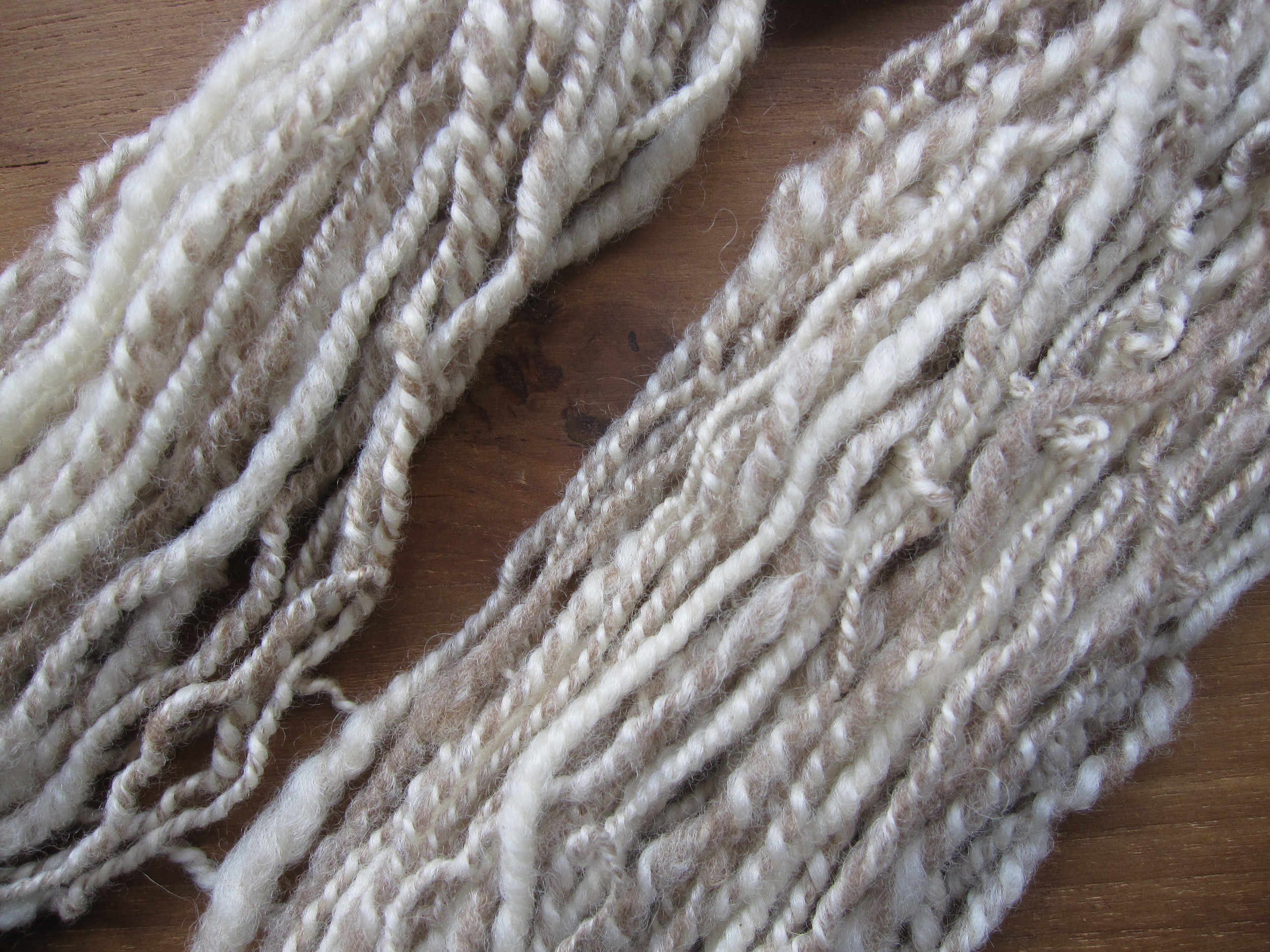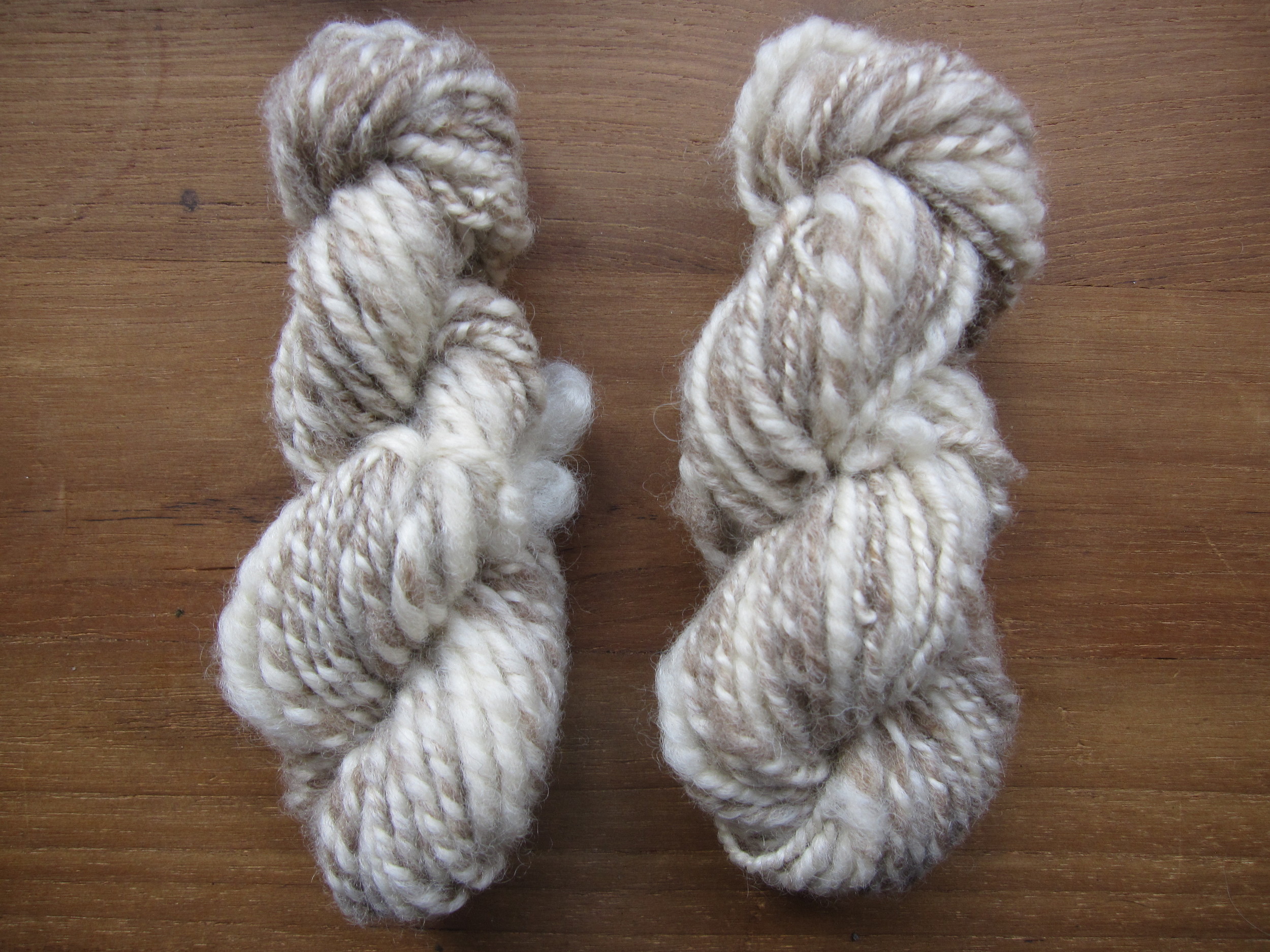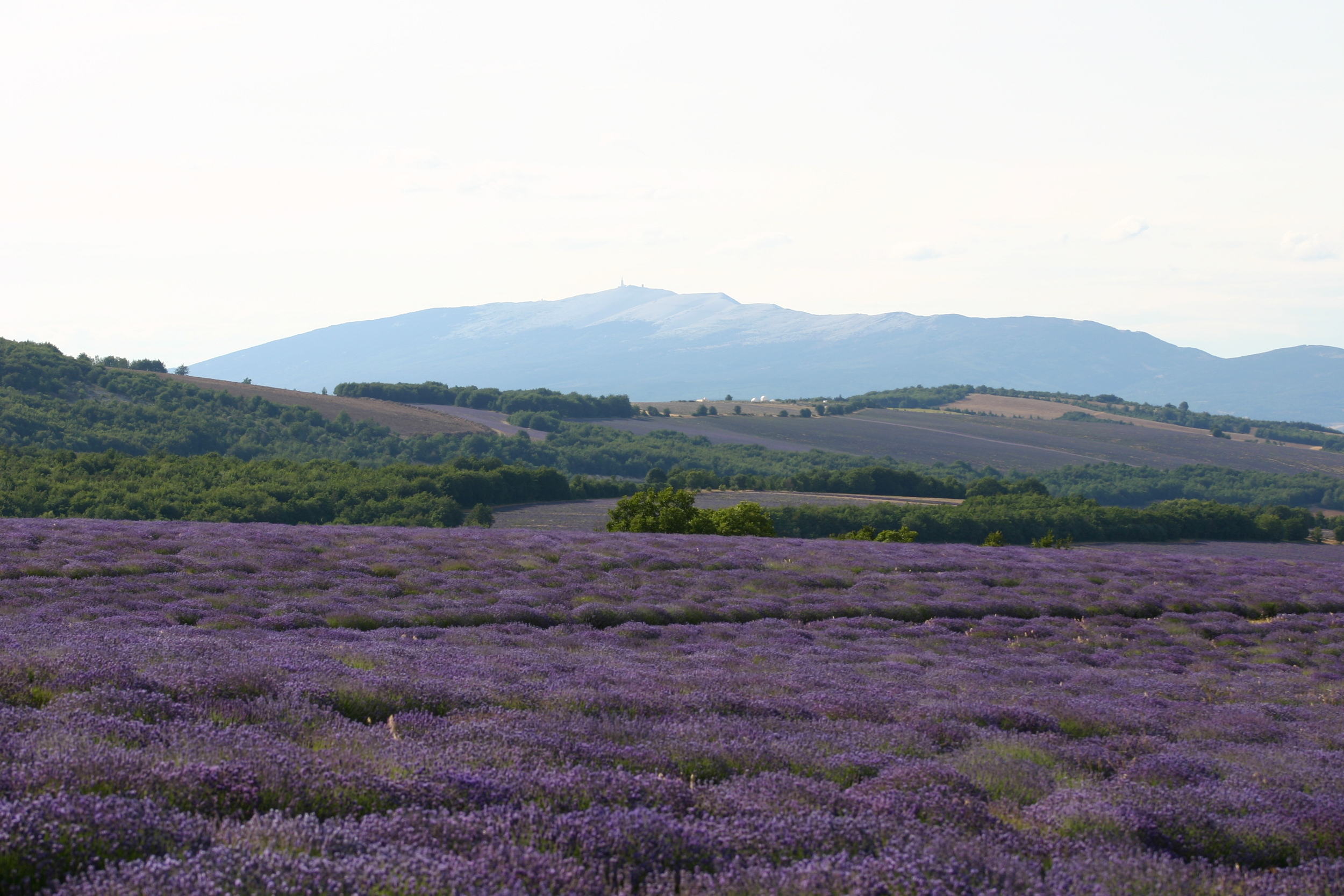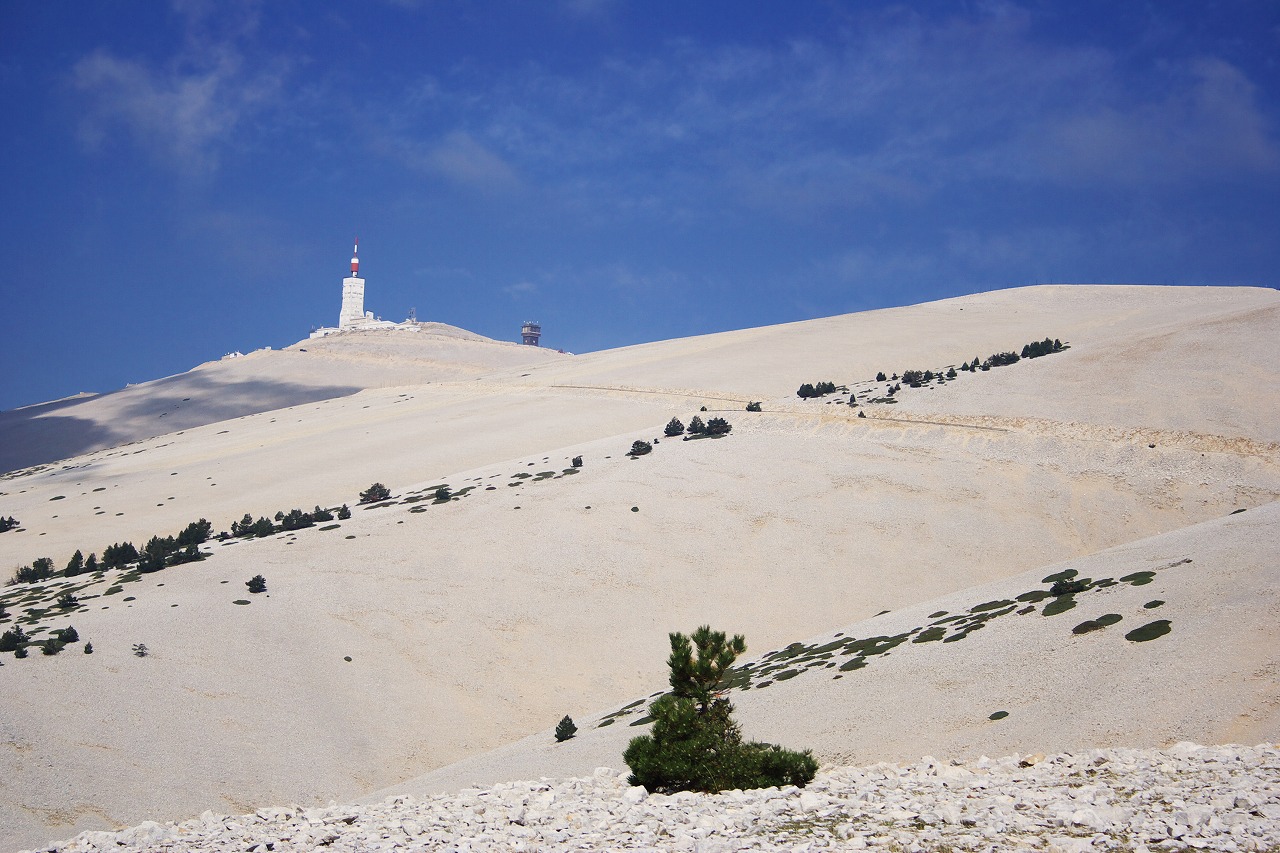Lab Goddess Fibre Club June 2016
This month's colourway was inspired by Augusta Ada Byron King, otherwise known as Ada, Countess of Lovelace, a mathematician and computer pioneer from the nineteenth century.
Enchantress of Number on 60/40 merino/flax
Ada Lovelace was the only legitimate child of Lord Byron, the man for whom the phrase "mad, bad and dangerous to know" was coined. She never really knew her father, as her parents separated when she was one month old. Her mother, in an attempt to prevent her child falling prey to the madness that haunted her father, pushed Ada toward mathematics and logic. The result was a woman who, at the age of 17, formed a life-long friendship with Charles Babbage, the father of computers. Her work with Babbage focused around his Analytical Engine, a general purpose mechanical calculator now considered to be the first computer. Countess Lovelace's notes on the Analytical Engine and its function are the first example of a computer program, making her arguably the world's first hacker.
I originally had planned to do this colourway in a variety of neutral, semi-metallic shades, to evoke COMPUTER, but instead ended up using a portrait of Ada Lovelace as the inspiration for the colour palette.
Ada, Countess of Lovelace, painted by Alfred Edward Chalon
I appropriated the purple and burgundy shades of her dress combined with black, brown and grey from the veil for this month's dyeing. The base is 60% merino/40% flax, and spins up into a very interesting and different yarn. The flax gives a crunchy feel to the top while the merino lends softness and some elasticity to what would otherwise be a quite stiff yarn. Finishing and knitting make the yarn even softer.
Quarter 2 LGFC colourways: Enchantress of Number on 60/40 merino/flax (June), Blue Lias on Merino d'Arles (May) and Cacophany on Shetland (April).
There are still slots left in the next quarter's Lab Goddess Fibre Club which will ship out in mid-July. For anyone outside of the UK or EU, the exchange rate is definitely in your favour, and I ship world-wide!









